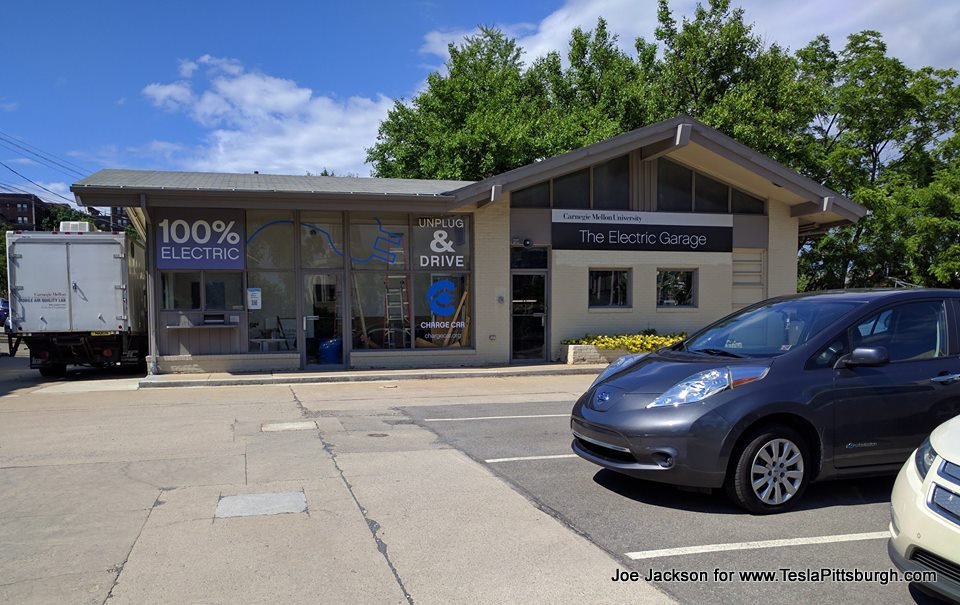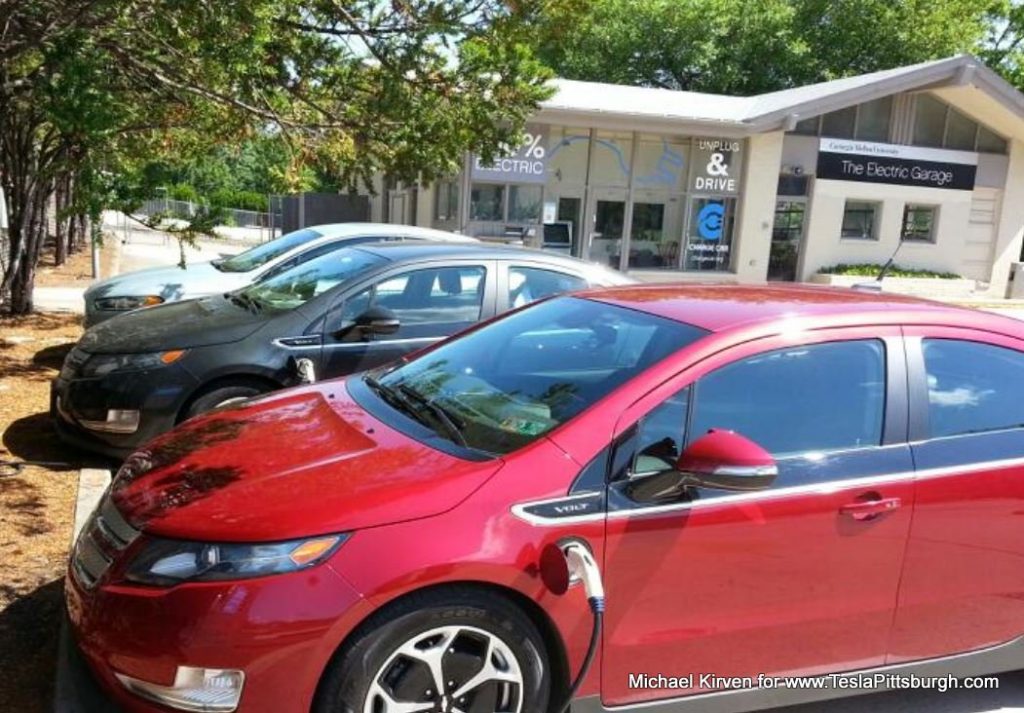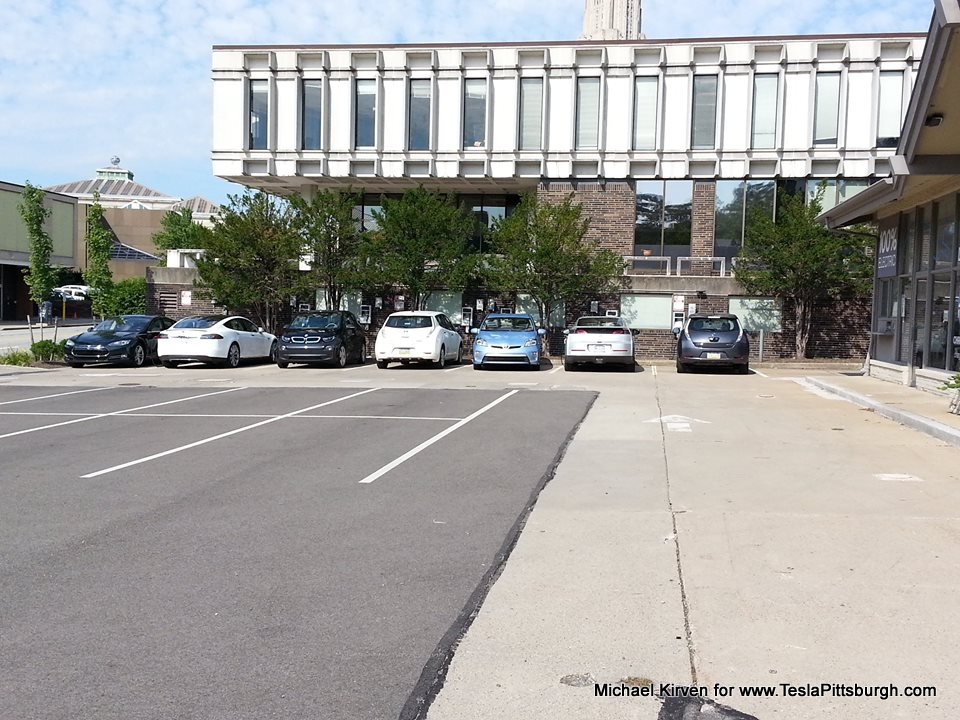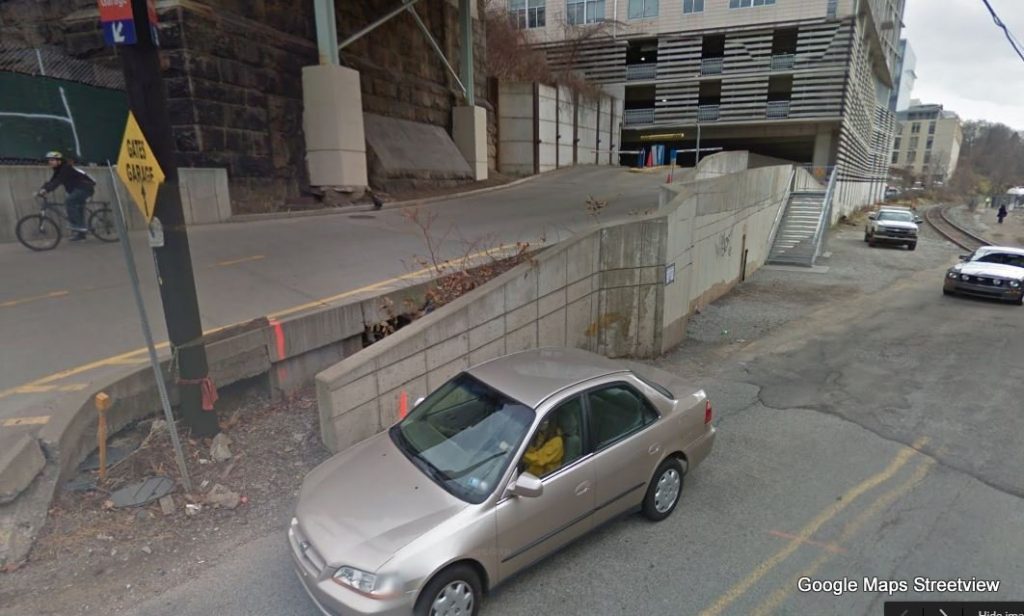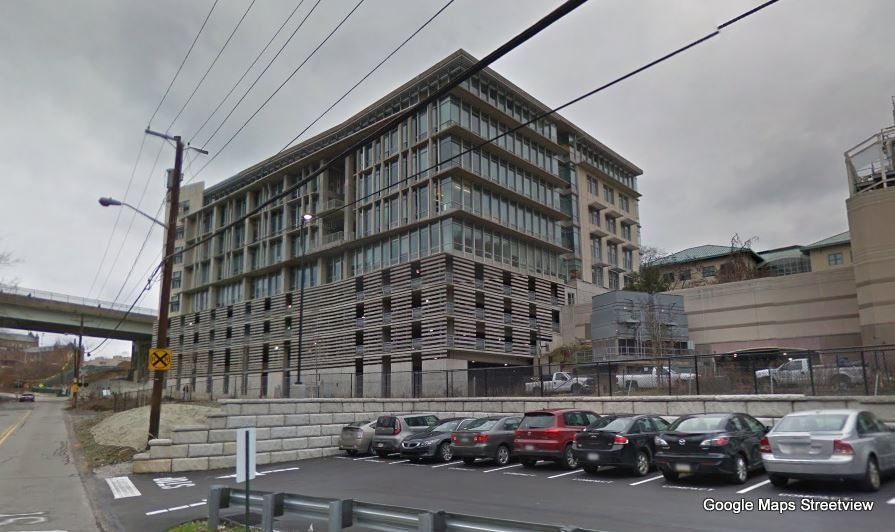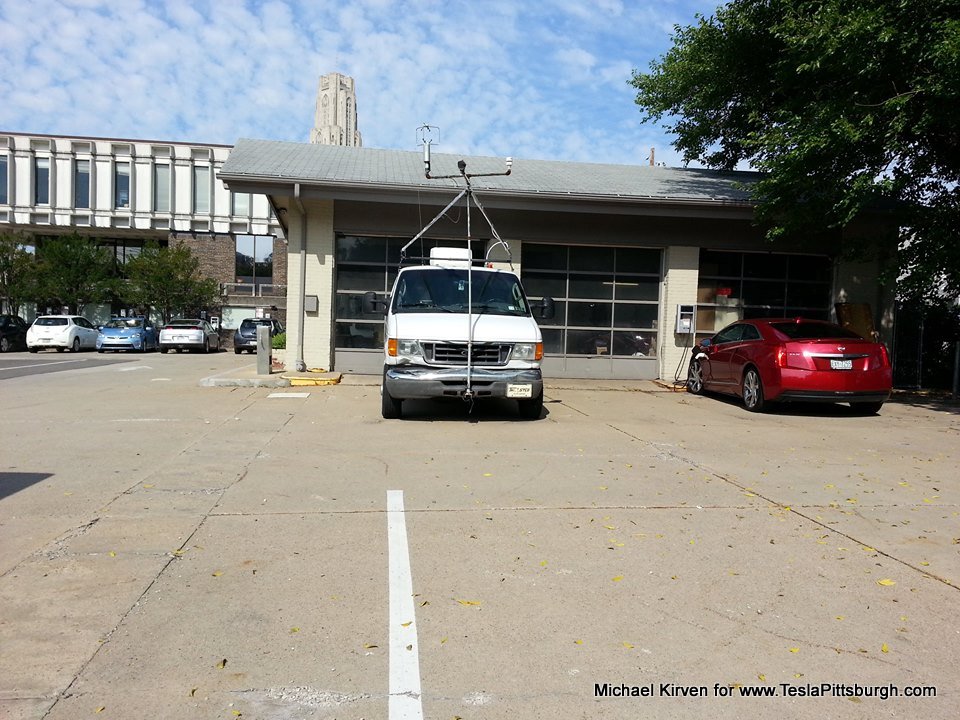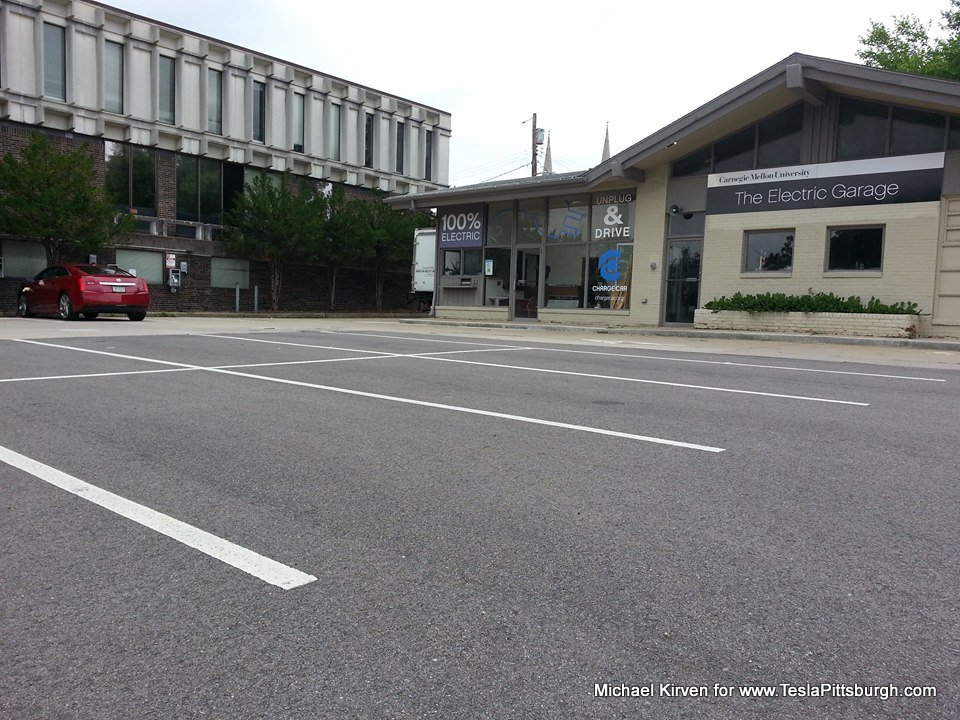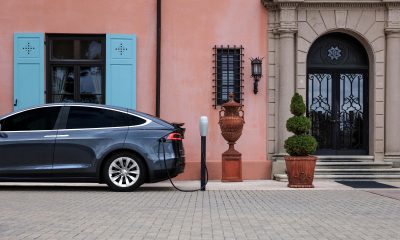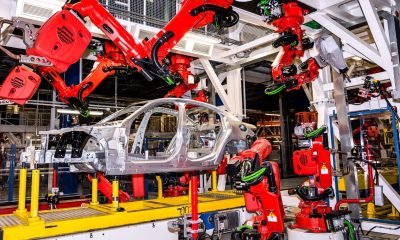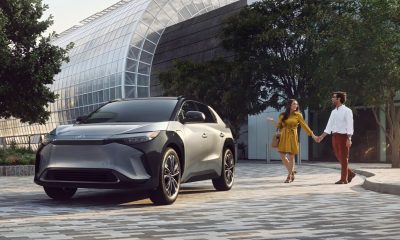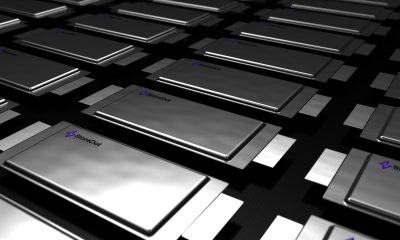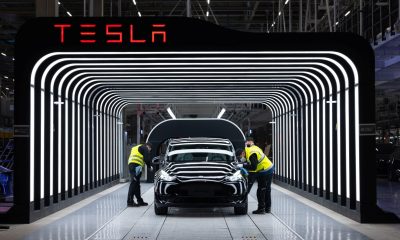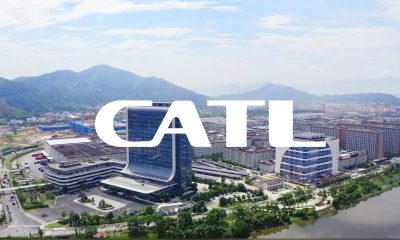News
Tesla destination charging facility, also Pittsburgh EV landmark will be demolished
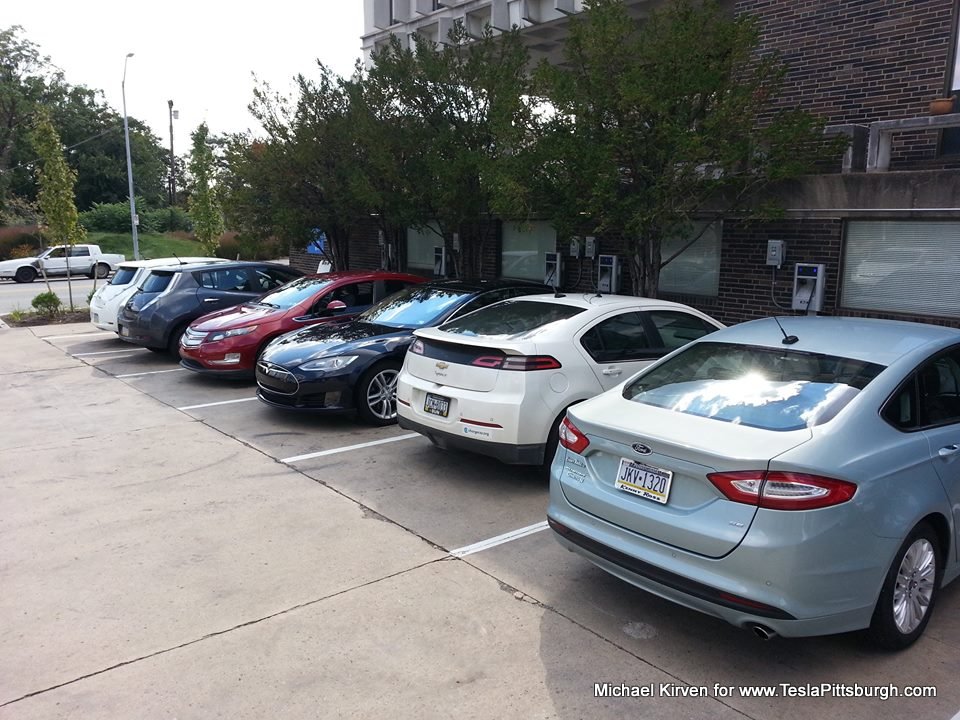
Vast construction projects at Pittsburgh’s Carnegie Mellon University will soon engulf a site that became a landmark in the development of electric vehicles in western Pennsylvania. It was a pioneering facility and the largest charging site in the region for many years.
The Electric Garage’s chargers are being relocated immediately with demolition of the site to begin in July.
At its peak, the Electric Garage boasted eight J1772 Level 2 chargers offering 203V at 30 amps. In 2014, a Tesla HPWC with 40 amp charging was added. Charging and parking was free to the public for up to four hours a session– a welcome oasis in the otherwise congested and paid parking of Oakland. It was easily the largest charging site in western Pennsylvania for most of its life and was open 24 hours/7 days a week on a first-come, first-serve basis. Non-charging parking spots on the site were marked as permit only.
The original six Eaton chargers were installed in 2012, using funding provided from the Pennsylvania Department of Environmental Protection’s Office of Energy and Technology Deployment which had a special mandate from the Office of Acronym Abatement at the Bureau of Ridiculously Long and Expansive Government Agency Naming Commission Department.
Originally built as an Exxon gas station, the Electric Garage was the invention of CMU robotics professor Illah Nourbakhsh. The university bought the property in 2009 and Nourbakhsh transformed it soon after into the workshop for the ChargeCar program. ChargeCar worked to further and develop EV technology, converting several vehicles and working out designs for regenerative braking. The industry’s pace of development soon overran much of ChargeCar’s work as more manufacturers brought EVs into mass production.
Undaunted, ChargeCar hosted numerous community outreach events to showcase the everyday feasibility of EVs to the general public. The site then morphed into a charging station and ChargeCar moved from primarily making gas-electric conversions to educating local mechanics in how to repair EVs.
Notice of the Electric Garage’s potential demise first bubbled up in May 2014, just months after the Tesla HPWC was installed. For several years, Tesla would use the Electric Garage as their main charging facility for Pittsburgh Test Drive events. There was no official Tesla presence in the city and Superchargers were too far from downtown. The proximity of the Electric Garage to the test drive events’ hosting facilities and hotels (and its number of chargers) made it an ideal overnight parking area for a small fleet of Teslas, hungry after a day of being pummeled by curious Pittsburghers.
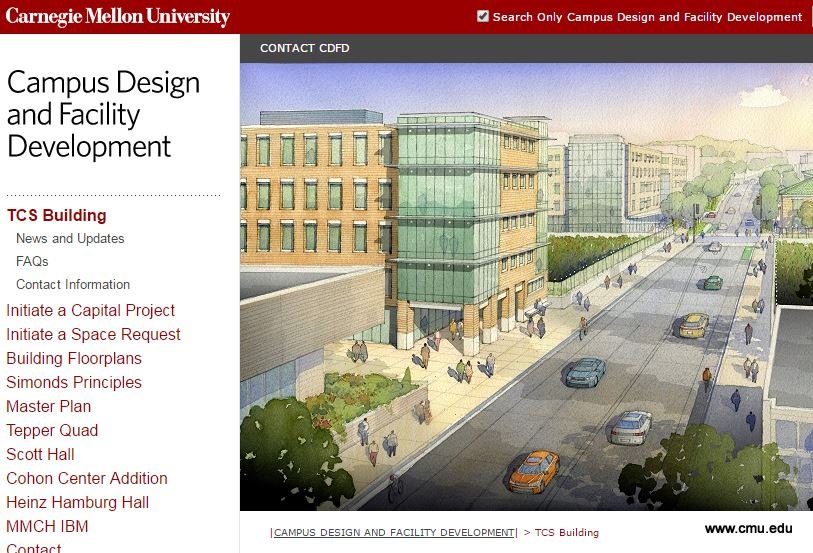
Taking the place of the Electric Garage will be CMU’s new Tata Consultancy Services (TCS) Building. The 40,000 square foot structure is designed by Skidmore, Owings & Merrill and will be built by Mascaro Construction. CMU described the new mixed-use building as “a new home for the university stores, a dining facility on the ground floor, and academic or administrative office and shelled space. The stand-alone structure will house state-of-the-art facilities, providing collaborative spaces for the CMU community.” CMU expects to spend $22.5 million on the project, which should break ground late this year.
Demolition of the Electric Garage will take place in July. The university has indicated that the chargers will be relocated to other places on campus, though EV drivers will likely have limited access the parking garages that will house some of them. It is also unlikely that all of those will remain available to the general public.
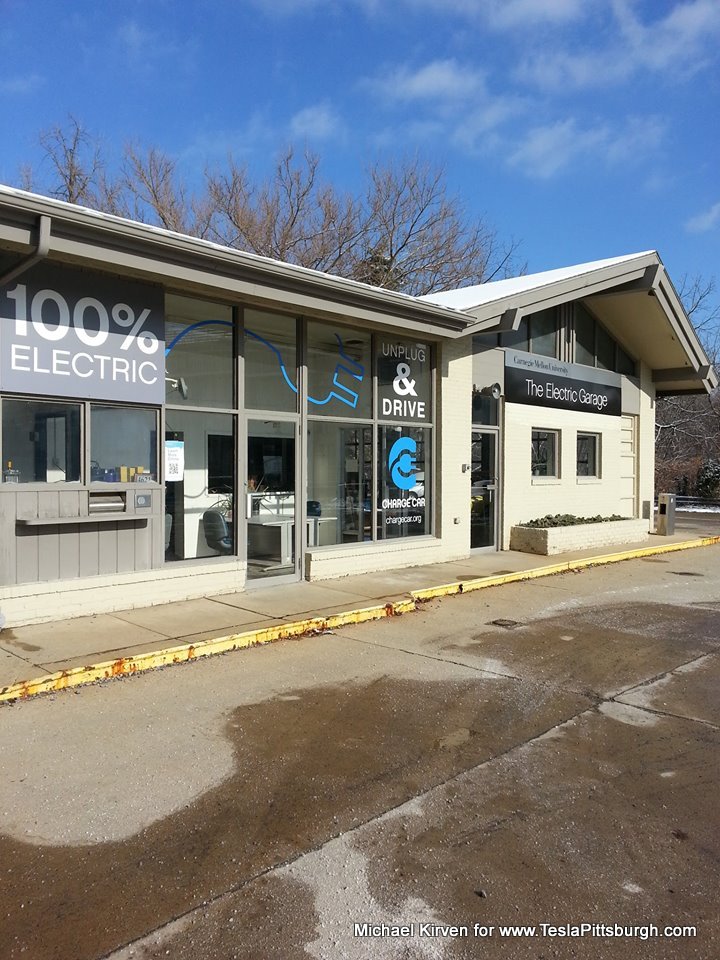
Current plans are as follows: 2 chargers move to the East Campus Garage, 2 chargers to the Dithridge Garage and the CIC Garage will have 5 stations.
If any are publicly available, it would most likely be the 5 chargers at the CIC garage. The notice from CMU Parking & Transportation Services indicates that these 5 chargers “will be located on the outside prior to entering the garage.” Given the awkward placement of the garage in relation to the campus and nearby train tracks, that could be interpreted a number of different ways. The approach roads to the garage are narrow, but there could be room for creative placement and there is a more hospitable lot close by. It also seems probable that the Tesla HPWC could be reappearing at this location. CMU has not yet responded to requests for clarification.
The passing of the Electric Garage “era” is lamentable, but CMU’s commitment to relocate the chargers is to be commended. Many businesses would have simply shoved them into a warehouse (or worse). It is an unfortunate development for EV drivers who have enjoyed both free parking and charging in Oakland, but with CMU’s inherent focus on technology there is hope for more charging stations in the future.
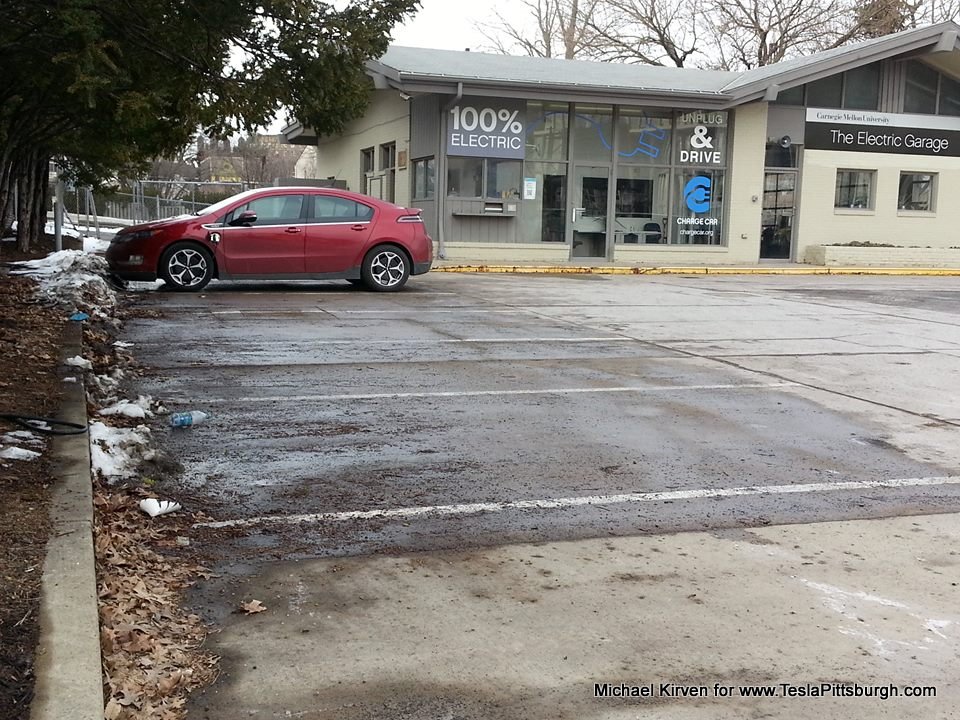
For local Tesla owners, the chargers were more about convenience than necessity. Long distance travelers are similarly unaffected by the change for the most part (ever since the Somerset and Cranberry Superchargers went online). With the opening of Ross Park Mall’s Tesla store this summer– complete with outdoor HPWCs– and the expected opening of a Pittsburgh Service Center later this year, there is also no longer a need for test drive fleets to recharge overnight in Oakland.
News
Tesla Sweden faces new pressure in Sweden as Assa Abloy joins union action
The sympathy strike will block Assa Abloy’s 330 employees across six Swedish facilities from servicing or maintaining locks and gates used at Tesla Sweden’s sites.
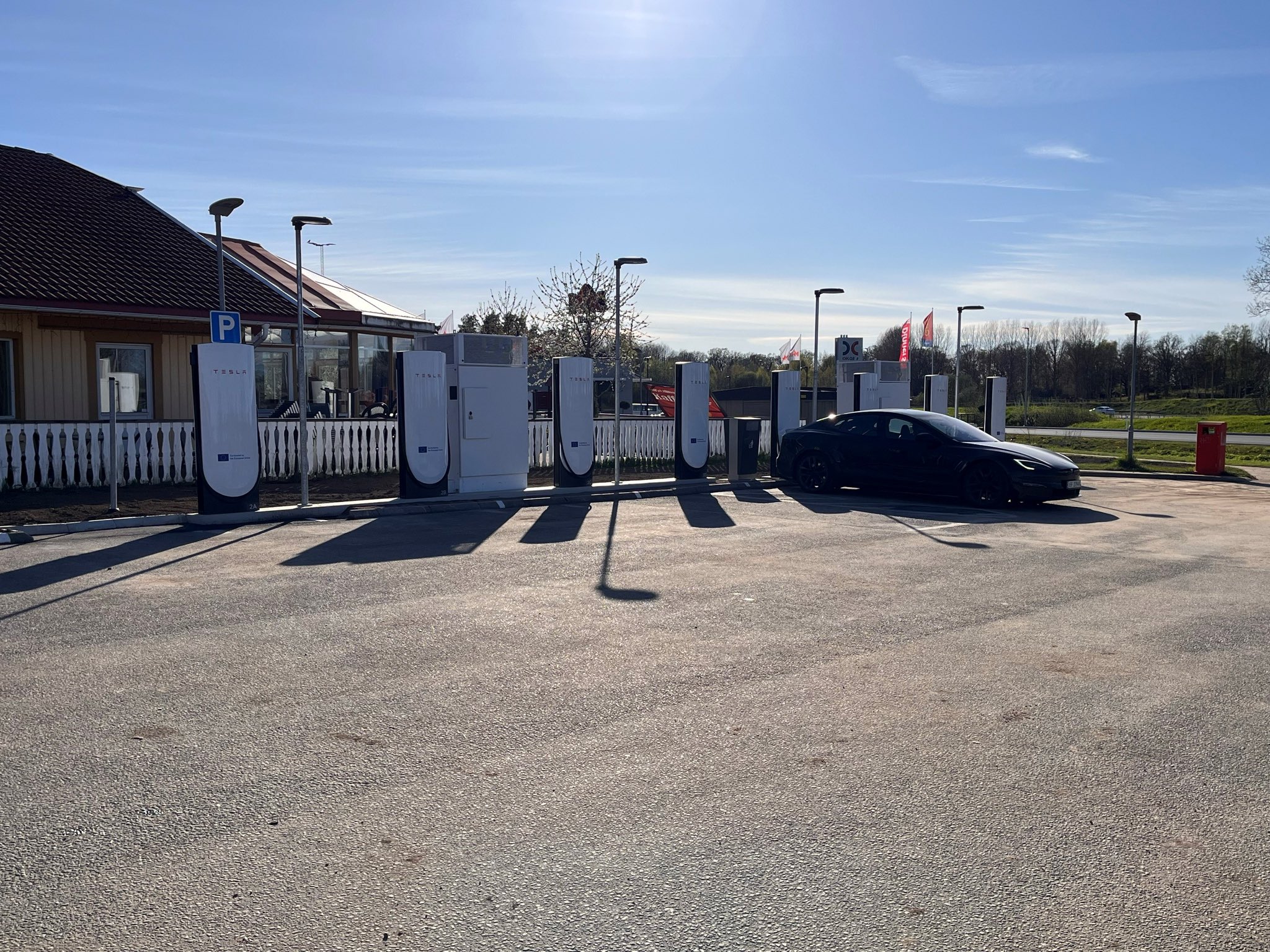
The labor standoff between Tesla and Sweden’s IF Metall union has widened again, this time pulling in Assa Abloy Industrial, a manufacturer of industrial doors and locks.
IF Metall announced a new sympathy strike halting all Assa Abloy services for Tesla, set to take effect November 4, according to Dagens Arbete (DA). The move is aimed at further pressuring Tesla into signing a collective agreement after nearly two years of ongoing labor conflict.
New strike targets Tesla’s industrial operations
The sympathy strike will block Assa Abloy’s 330 employees across six Swedish facilities from servicing or maintaining locks and gates used at Tesla Sweden’s sites. IF Metall hopes the measure will disrupt Tesla’s daily operations and highlight the growing solidarity among Swedish companies.
Assa Abloy becomes the latest in a line of firms drawn into the dispute, with the Swedish Mediation Institute now logging fourteen conflict notices since September. The escalation shows that unions and partner industries are aligning to support of IF Metall’s campaign to secure a collective bargaining deal, something Tesla has consistently resisted.
IF Metall says Tesla must understand Sweden’s labor model
IF Metall chair Marie Nilsson recently reiterated her call for Tesla Sweden to reconsider its stance on organized labor, noting that Sweden’s union system differs sharply from the more adversarial model in the United States.
“I can certainly understand that Elon Musk and Tesla are skeptical of the trade union movement,” Nilsson said. “They have experience with American unions that operate in a completely different environment and that have to be militant in a different way.”
Nilsson emphasized that Swedish unions function cooperatively and that signing a collective agreement locally does not commit Tesla to similar deals elsewhere. “Let’s give us a chance,” she added. “It is the practical system we have here to regulate the conditions.”
News
Elon Musk: Tesla autonomous driving might spread faster than any tech
The CEO noted that “hardware foundations have been laid for such a long time.”

Elon Musk has shared one of his most optimistic forecasts for Tesla’s self-driving rollout yet. As per the CEO, Tesla’s self-driving system could see the fastest technological adoption in history, thanks to the fleet’s capability to gain autonomous capabilities through a software update.
The CEO shared his forecast in a post on social media platform X.
Tesla’s aims to scale autonomy
Musk’s comment came as a response to industry watcher Sawyer Merritt, who posted a comparison between the geofence of Tesla’s Robotaxi network and Waymo’s service area. As can be seen in the graphic, Tesla’s Austin geofence has gotten noticeably larger compared to Waymo’s service area.
In his response, Musk stated that “Tesla autonomous driving might spread faster than any technology ever.” He also stated that “hardware foundations have been laid for such a long time,” as a software update could unlock full autonomy “for millions of pre-existing cars in a short period of time.”
Musk’s comment bodes well for Tesla’s Robotaxi ambitions, which seem to be finally in reach with the deployment of Unsupervised FSD in vehicle factories, as well as Austin and the Bay Area. For now, however, Tesla’s Austin Robotaxis and Bay Area ride-hailing vehicles are still operated with a safety monitor in the driver’s seat.
Tesla’s latest Austin expansion
Tesla recently expanded its Austin Robotaxi service area this week to 243 square miles, its largest yet and nearly triple the coverage from two months ago. The move outpaces Waymo’s local service footprint, which remains at around 90 square miles.
The expansion marks Tesla’s second major Austin update since August and emphasizes its push to dominate the autonomous ride-hailing landscape. With both Tesla and Waymo racing to prove scale and reliability, Musk’s confidence suggests the real contest may be about who can move fastest once the tech flips on across Tesla’s fleet. Once that happens, Tesla would effectively be able to win the self-driving race.
News
Tesla sends clear message to Waymo with latest Austin Robotaxi move
It is the first expansion Tesla has made in Austin since the one on August 26. The company still operates in the Bay Area of California as well, referring to that program specifically as a “ride-hailing service.”

Tesla has sent a clear message to Waymo with its latest move to its Robotaxi program in Austin, Texas.
Tesla and Waymo are the two true leaders in autonomous ride-hailing to an extent. Tesla has what many believe is a lot of potential due to its prowess with the Supervised Full Self-Driving suite. It is also operating a driverless Robotaxi service in Austin with a “Safety Monitor” that sits in the passenger’s seat.
Tesla explains why Robotaxis now have safety monitors in the driver’s seat
The two companies have been competing heavily in the market since they both launched driverless ride-hailing services in Austin this year: Waymo’s in March and Tesla’s in June.
One of the main drivers in the competition between the two is service area size, or the geofence in which the cars will operate without a driver. In August, the two were tied with a service area of about 90 square miles (233.099 sq. km).
Tesla then expanded to about 170 square miles (440.298 sq. km) on August 26, dwarfing Waymo’s service area and expanding to freeways. Tesla’s freeway operation of the Robotaxi suite requires the Safety Monitor to be in the driver’s seat for safety reasons.
On Tuesday evening, Tesla made another move that sent a clear message to Waymo, as it expanded once again, this time to 243 square miles (629.367 sq. km).
This is according to Robotracker:
Here’s a comparison of Tesla’s geofence in Austin vs. Waymo’s
Tesla’s now spans 243 square miles, almost three times the size of Waymo’s at 89 square miles https://t.co/OCAHQDQhzb pic.twitter.com/wq5bHQXCp4
— TESLARATI (@Teslarati) October 29, 2025
It is the first expansion Tesla has made in Austin since the one on August 26. The company still operates in the Bay Area of California as well, referring to that program specifically as a “ride-hailing service.”
Yesterday, it expanded that service to the San Jose Mineta International Airport, something it has been working on for several months.
Waymo has its own set of distinct advantages over Tesla as well, as it operates in more cities and states than the EV maker. Waymo currently has its autonomous vehicle services in Phoenix, Arizona, San Francisco, Los Angeles, Austin, and Atlanta, Georgia.
Tesla plans to have half of the U.S. population with access to the Robotaxi platform by the end of the year.
-

 Elon Musk2 weeks ago
Elon Musk2 weeks agoSpaceX posts Starship booster feat that’s so nutty, it doesn’t even look real
-

 Elon Musk2 weeks ago
Elon Musk2 weeks agoTesla Full Self-Driving gets an offer to be insured for ‘almost free’
-

 News2 weeks ago
News2 weeks agoElon Musk confirms Tesla FSD V14.2 will see widespread rollout
-

 News2 weeks ago
News2 weeks agoTesla is adding an interesting feature to its centerscreen in a coming update
-

 News2 weeks ago
News2 weeks agoTesla launches new interior option for Model Y
-

 News2 weeks ago
News2 weeks agoTesla widens rollout of new Full Self-Driving suite to more owners
-

 Elon Musk2 weeks ago
Elon Musk2 weeks agoTesla CEO Elon Musk’s $1 trillion pay package hits first adversity from proxy firm
-

 News1 week ago
News1 week agoTesla might be doing away with a long-included feature with its vehicles

